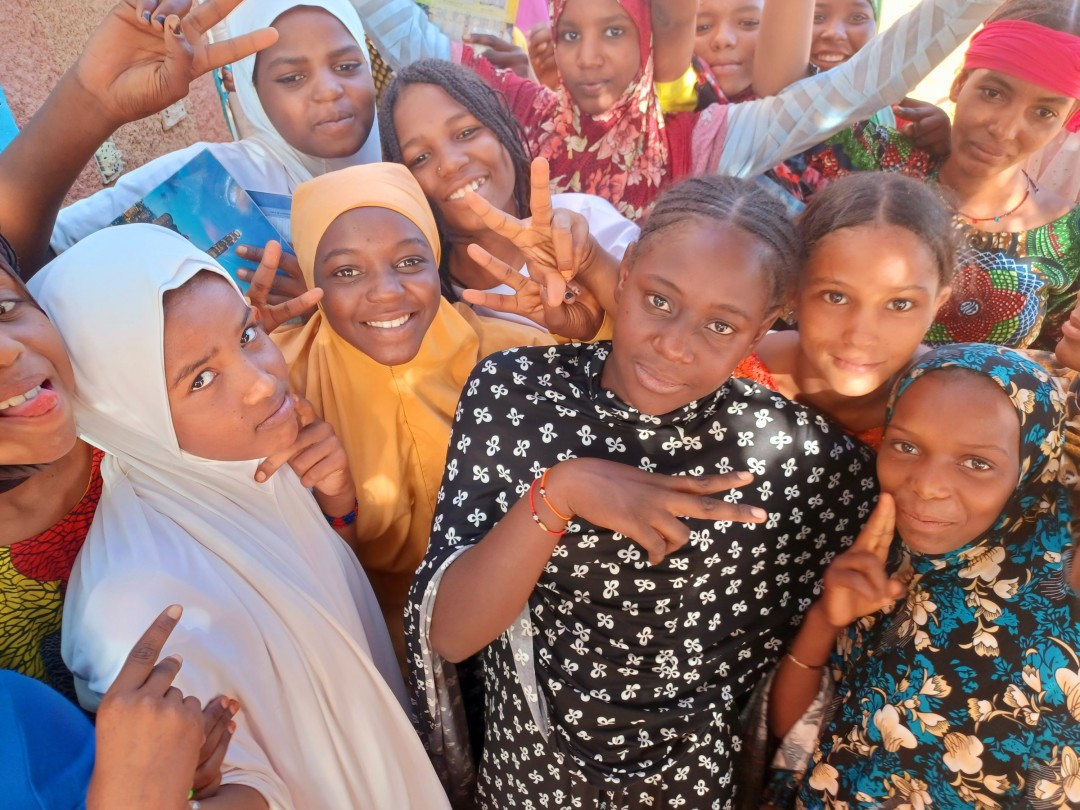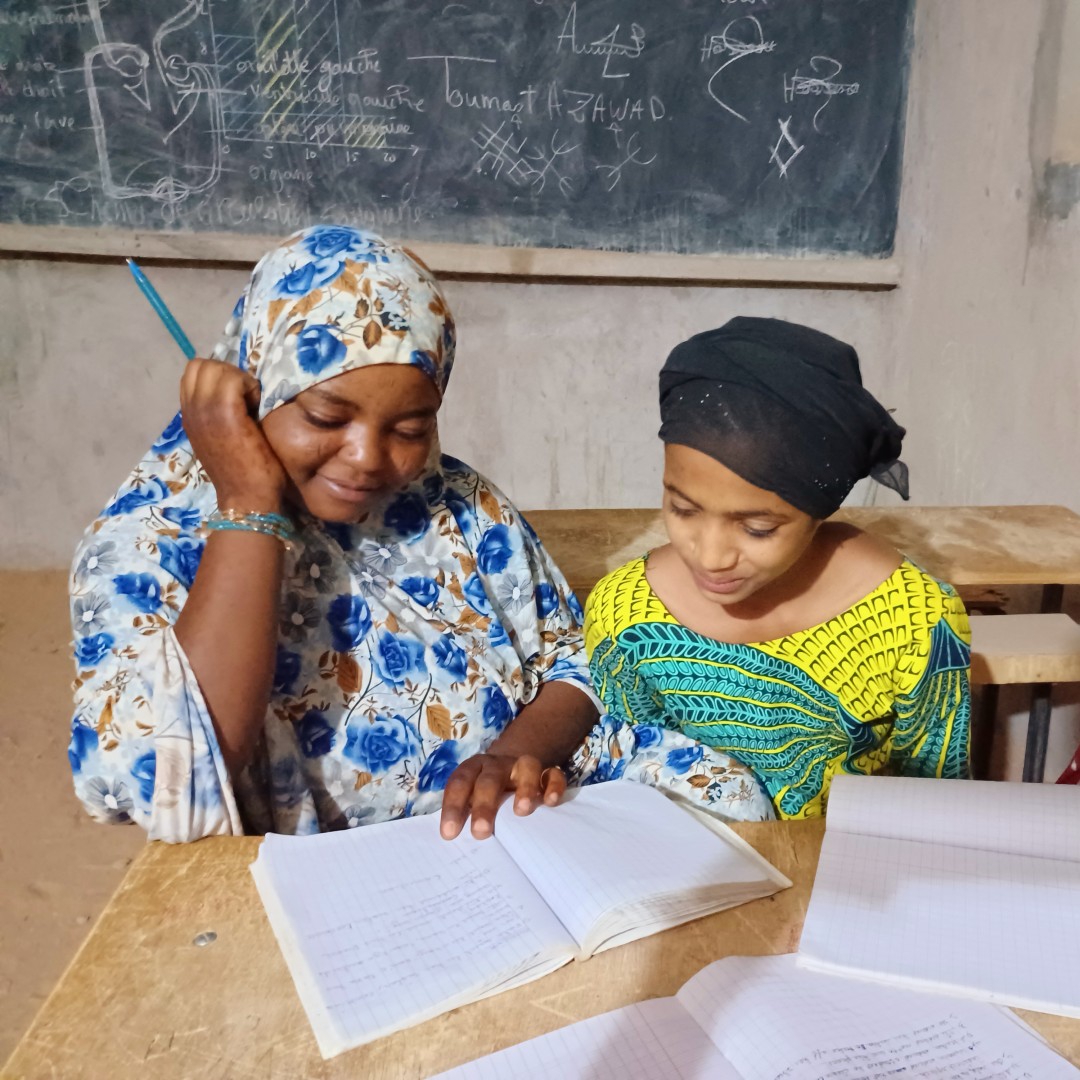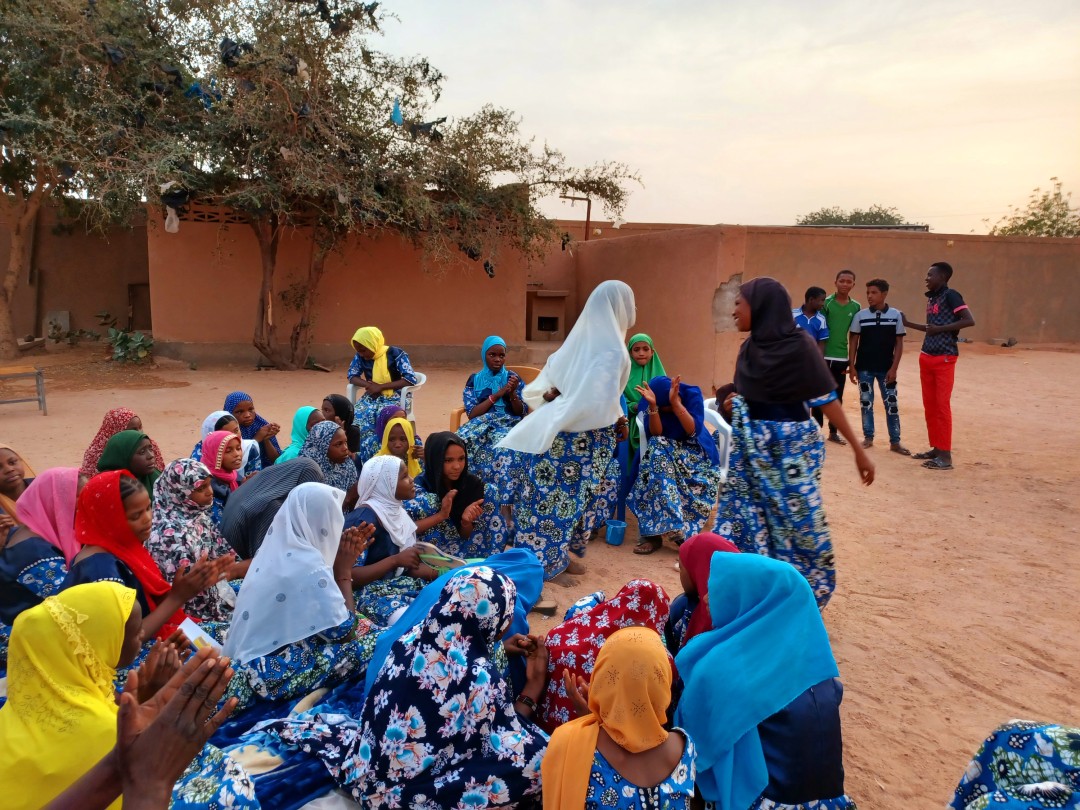Access to secondary school for children from nomadic communities
The four –year project aims to expand Rain for the Sahel and Sahara’s (RAIN) existing “Lower Secondary School Homestay Project”, to an additional 80 under-resourced children from 17 isolated rural communities in the Agadez region. The project will provide key support to community families, enabling them to open their homes to these students for the duration of their secondary school studies. More specifically the project will recruit, train, and support 40 homestay mothers to support the students from rural and nomadic backgrounds. It will also supply homestay support to the 80 students annually, in the form of payment of school fees, provision of uniforms and school books and materials.
Founded in 2001, RAIN is U.S. based incorporated non-profit and also a registered non-profit in Niger. Its mission is to forge partnerships with rural and nomadic peoples in Niger to enable enduring and relevant livelihoods through access to education and opportunity.
News
Two new projects approved in 2022
4 July 2022
The Addax and Oryx Foundation granted funding to two new projects in 2022.Education for 80 Tuareg students
27 March 2023
The four –year project aims to expand Rain for the Sahel and Sahara’s (RAIN) existing “Lower Secondary School Homestay Project”, to an additional 80 under-resourced children from 17 isolated rural communities in the Agadez region.A challenging yet successful year for students
27 November 2024
The four –year project expanding Rain for the Sahel and Sahara’s (RAIN) existing “Lower Secondary School Homestay Project”, to an additional 92 (up from 80) under-resourced children from 17 isolated rural communities in the Agadez region of Niger is closing out its second year. (click on the photo to read more)Supporting children from nomadic communities
23 September 2025
RAIN is currently supporting 97 lower secondary school students in five schools across Aouderas, Dabaga, Ingall, Dannet, and Aderbissinat in the vast Agadez Region of Niger. To ensure each student's success, a collaborative effort is made involving schoolteachers, RAIN mentors, and homestay mothers. (click on the photo to read more)Type
EducationDuration
July 2022 – June 2026Location
Agadez / NigerWith whom
Rain for the Sahel and Sahara’s (RAIN)
Website







Niger
Population
24.2 million (2020)
Per Capita Income
USD1,230/year (2020)
Poverty rate *
42% (2021)
Literacy rate
35% (2018)
Human Development Index
189th out of 189 countries
Niger is one of the poorest countries in the world. It is prone to political instability and exogenous shocks, notably droughts which cause chronic food insecurity. It has one of the fastest growing populations in the world with a 3.9% yearly growth rate. Over the past twenty years, Niger’s social indicators have improved significantly. Gross primary school enrolment has increased from 40 % in 2003 to 74% in 2017. Secondary school enrolment remains extremely low at 21%, among the three lowest in the world. Although the mortality rate for children under five has decreased, it remains extremely high at 91 per 1,000 in 2016. HIV/AIDS prevalence has remained stable at 0.4%, one of the lowest in sub-Saharan Africa.
Sources: World Food Program, UNICEF, World Bank, 2016 Human Development Report, Human Development Indices and Indicators (2018 Statistical Update)
*The percentage of the population living below the national poverty line.